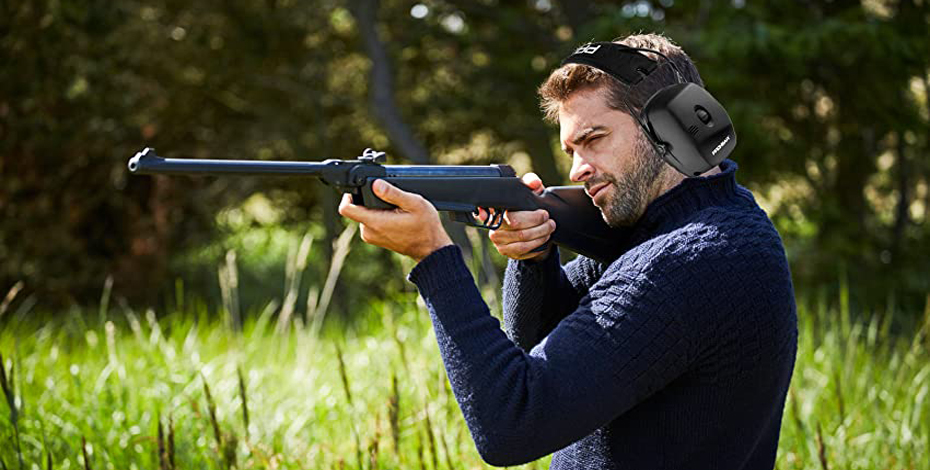Copyright Hangzhou ZH Tech Co.,LtdAll Rights Reserved. Powered by www.300.cn 浙ICP备19002797号-1
Thank you for your interest in ZH TECH,Our entire team appreciate it.
We are a professiaaaonal manufacturer and exporter of hearing protector in China in last 10 years and accept OEM.
Quick Links
About Us
Contact us
No. 6 Shunle Road, Yuhang Jingshan, Hangzhou
Email: sale@zh-safety.com
Phone +86 15888861058
News
NEWS CENTER
A Guide To Undertanding Hearing Protection
As a shooter, choosing the right hearing protection is one of the most important decisions you will ever make. You only have one set of ears and if you damage your hearing, there's no going back.
Why is Ear Protection Important?
One of the very few downsides of shooting is that it puts you at risk for hearing loss - if your ears aren't protected, just one gunshot can lead to immediate and permanent damage.
First, it's important to understand just how loud firearms can get. While a standard conversation is about 60 dB, an unsuppressed gunshot can reach 140-190 dB. If you're shooting a rifle with a muzzle break or a ported gun, those numbers can get even higher. Sounds as low as 78db can cause hearing loss over time, so there's absolutely no excuse for not wearing ear protection.
The Occupation Safety & Health Administration (OSHA) categorizes 140 dB as painful sound, which means you are at risk when shooting any type of gun and caliber.
What is Noise Reduction Rating?
Simply put, Noise Reduction Rating is measurement that's used to determine the effectiveness or maximum sound reduction of hearing protection. The higher the NRR number, the greater the noise reduction. When you're shopping for ear protection, always make sure you take a look at the NRR rating to make sure it's high enough to protect you in the atmosphere you'll be shooting in.
What NRR Do You Need?
The short answer is: The more, the better. Most electronic ear protection is rated from 22dB to 33dB, and anything in this range will give you some amount of protection.

There are no absolute standards for how high the NRR number should be because it depends on where and what you're shooting. If you are mostly shooting indoors, shooting high-caliber rifles, or spending a lot of time on the range, selecting the highest NRR rating possible will provide you with the most protection.
If you've already suffered hearing damage or in a really loud environment, you may even want to consider "double plugging", which is using both in-ear and over the ear headphones at the same time to get maximum noise reduction.
Hearing Protection Options
There are two main types of hearing protection: In-Ear and Over-the-Ear. To break them down further:
Ear Plugs - This is the type that you shove inside your ear. Foam plugs, plastic corded plugs and custom molded in-ear plugs are all part of this category. They can be super cheap (foam style) to expensive (custom molded). If you're going to use the inexpensive, foam-style plugs, make sure you're using them correctly and getting them all the way inside your ear.
The upside of using in-ear protection is that they're easy to transport and can be very inexpensive. The downsides are the discomfort of having something inside your ear and the fact that they muffle all sounds, so it can be hard to hear range instructions and other noises around you when you're wearing them.
Over-the-Ear Hearing Protection
These are the headphone style of hearing protection that you see many shooters wear. A lot of people prefer them because they're generally more comfortable than in-ear plugs and some types offer extra features that make spending a day at the range even more enjoyable.







